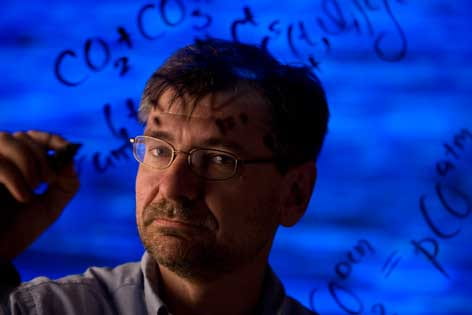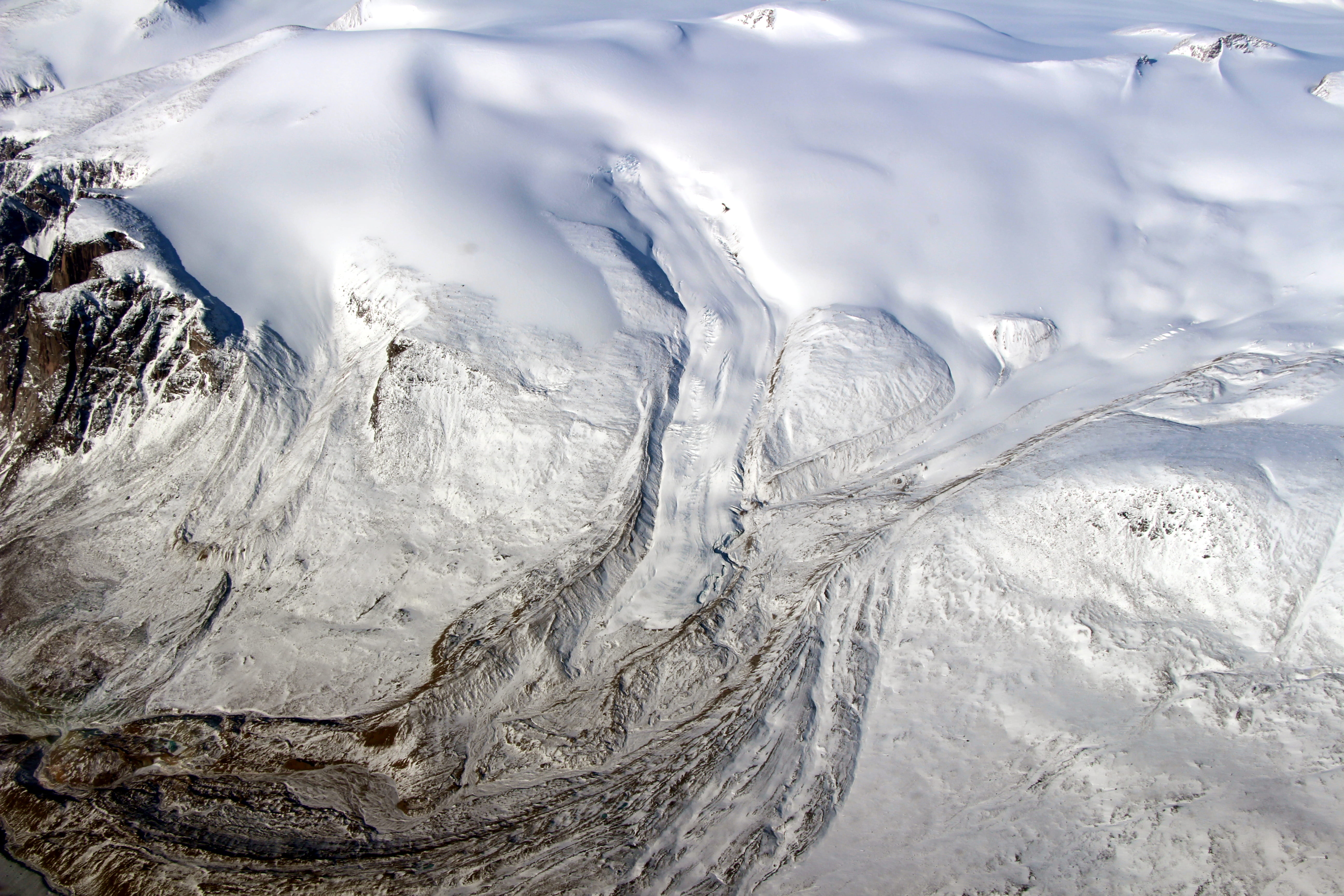Oceans losing ability to absorb greenhouse gas
Like a dirty filter, the Earth’s oceans are growing less efficient at absorbing vast amounts of carbon dioxide, the major greenhouse gas produced by fossil-fuel burning, reports a study co-authored by Francois Primeau, UC Irvine Earth system science associate professor.

Like a dirty filter, the Earth’s oceans are growing less efficient at absorbing vast amounts of carbon dioxide, the major greenhouse gas produced by fossil-fuel burning, reports a study co-authored by Francois Primeau, UC Irvine Earth system science associate professor.
The oceans largely kept up when carbon dioxide emissions began soaring in the 1950s, but the absorption rate has slowed since the 1980s and dropped off even more noticeably since 2000, according to the recent study in the journal Nature.
Here, Primeau answers questions about the research, which suggests the oceans may not be as reliable as previously thought at guarding against global warming.
Q: Why are the oceans absorbing less carbon dioxide?
A: Oceanographers refer to the time since water was last at the surface as its “age.” The age of water masses in the ocean ranges from zero to more than 1,000 years, but the bulk of waters that upwell to the surface typically are less than a few decades old. Because older water was in contact with the atmosphere at a time when airborne carbon dioxide levels were lower, it contains less manmade carbon. On the other hand, younger water tends to have higher levels of this carbon. In particular, water that is less than a few decades old has man-made carbon levels that reflect the large ramp-up in emissions that began in the 1950s. This water is now showing its age by already having significant levels of carbon when re-exposed to the atmosphere. The extra carbon is making surface water more acidic. The resulting change in seawater chemistry is diminishing the oceans’ ability to absorb carbon dioxide.
Q: How was the absorption slowdown identified?
A: When we measure the carbon concentration of seawater, it’s not possible to distinguish carbon that originated from fossil-fuel burning and the large background level of natural carbon. So instead of trying to directly measure the increase in ocean carbon, we created a mathematical model based on tens of thousands of ship-based measurements collected over the last 20 years that allowed us to determine where and how long ago the water in the ocean’s interior was last at the surface. The model was then used to track all of the ocean’s water masses backward in time to when they last exchanged carbon dioxide with the atmosphere. We reconstructed a year-by-year inventory of the manmade gas in the ocean from 1765 to 2008. This allowed us to identify trends in the uptake of human-generated carbon dioxide.
Q: What effects might this have on global climate change?
A: Carbon dioxide is a greenhouse gas that contributes to global warming. If the ocean absorbs carbon dioxide emissions more slowly, more of them will stay in the atmosphere for a longer time, leading to higher atmospheric carbon dioxide levels – which contribute to global warming. To reverse this cycle, we have to bring down levels of carbon dioxide in the atmosphere. We can do this by reducing the amount of energy we waste and by choosing food produced with as little fossil fuel as possible.
Q: How did you contribute to this study?
A: My contribution was to formulate the mathematical model that integrated ship-based data on the ocean’s temperature, salinity and chlorofluorocarbon, radiocarbon, oxygen and phosphate content to help us understand the invasion of manmade carbon without having to know the actual circulation of the ocean.
